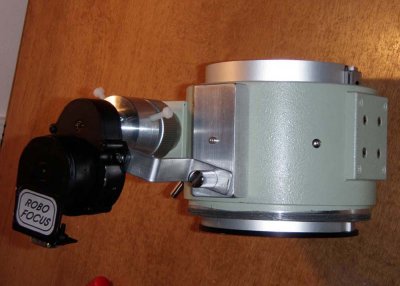





 |
 |
 |
 |
 |
 |
| Pawel Lancucki | profile | all galleries >> Pawel Lancucki - Amateur Astronomy >> ATM corner >> ATM projects related to Takahashi equipment >> 2012-04 Attaching Robofocus motor to FSQ106ED micro-focuser | tree view | thumbnails | slideshow |
 ss_p4214564.jpg |
 ss_p4214568.jpg |
 ss_p4214569.jpg |
 ss_p4214571.jpg |
 ss_p4214572.jpg |
 ss_p4214573.jpg |
 ss_p4214574.jpg |
 ss_p4214575.jpg |
 ss_p4214576.jpg |
 ss_p4214577.jpg |
 ss_p4214578.jpg |
| comment | share |